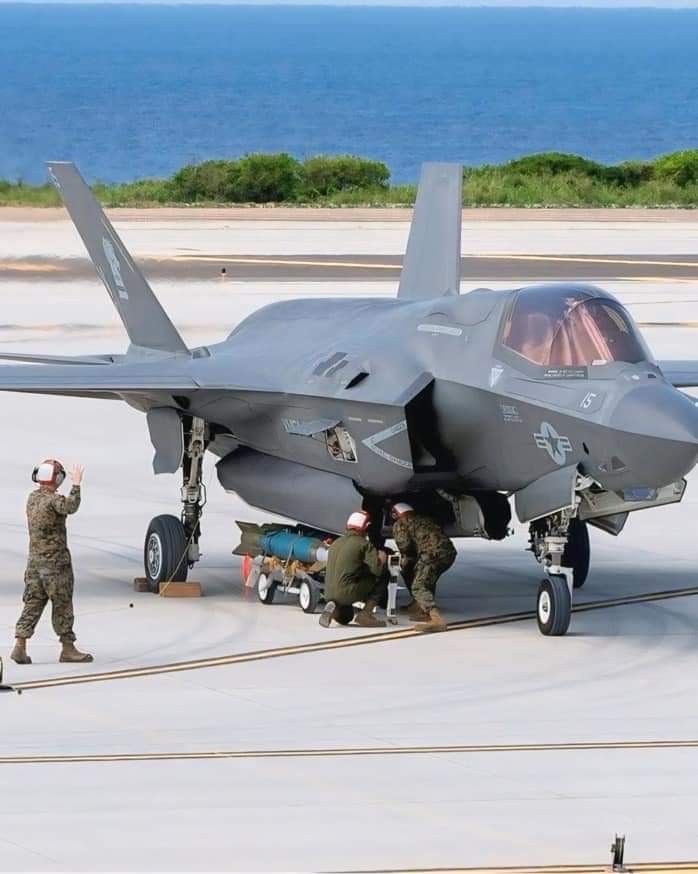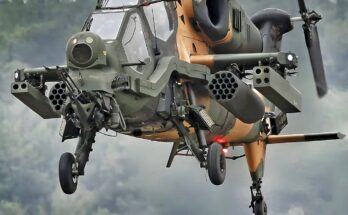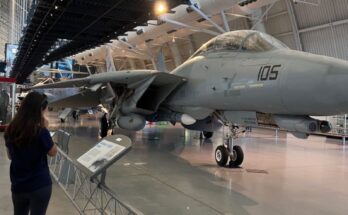
The F-35 Lightning II is one of the most advanced fighter aircraft in the world, designed to serve multiple branches of the military with a single, versatile platform. Developed by Lockheed Martin, the aircraft represents decades of research and billions of dollars invested in stealth technology, advanced avionics, and combat flexibility. It was conceived as a “fifth-generation” fighter, combining stealth capabilities, supersonic speed, and agility with state-of-the-art sensors and data-sharing systems.
At its core, the F-35 was designed to replace a wide range of older aircraft, including the F-16 Fighting Falcon, the AV-8B Harrier, and the A-10 Thunderbolt II. Rather than building several new aircraft for different missions, the idea was to create one platform adaptable to the needs of the U.S. Air Force, Navy, and Marine Corps, as well as allied nations. This resulted in three main variants: the F-35A, which is a conventional takeoff and landing version; the F-35B, capable of short takeoff and vertical landing; and the F-35C, which is tailored for carrier operations.
One of the defining features of the F-35 is its stealth design. The aircraft’s shape, coatings, and materials make it difficult for radar to detect. This gives pilots the ability to approach and engage threats before being seen, a major advantage in modern combat where reaction time can mean survival. But stealth is only part of the story. The F-35 is equipped with an advanced suite of sensors and systems that gather information from the environment, analyze it, and present it to the pilot in a clear, integrated format. This allows the pilot to make faster and more informed decisions, often before an adversary realizes they are there.
Another strength of the F-35 is its ability to share data in real time. Through secure communication links, it can act as a hub of information, passing intelligence to other aircraft, ships, and ground forces. This makes the F-35 not just a fighter jet, but a key player in a larger networked battlefield.
The aircraft is powered by a single Pratt & Whitney F135 engine, providing impressive thrust and allowing speeds of up to Mach 1.6. Despite being a single-engine fighter, it has a high degree of reliability and performance. Its weapons systems are equally versatile, capable of carrying precision-guided bombs, air-to-air missiles, and other munitions inside its internal bays to preserve stealth, or on external hardpoints when stealth is less critical.
The F-35 program has not been without controversy. Its development faced delays, cost overruns, and technical challenges, leading to criticism from both military analysts and the public. However, as the aircraft matured, many of those issues were addressed, and the jet is now in service with several nations, including the United States, the United Kingdom, Israel, Japan, and Australia.
Ultimately, the F-35 Lightning II represents a leap forward in how air power is projected. It combines cutting-edge technology with combat-proven adaptability, ensuring it will remain a central part of modern air forces for decades to come.


